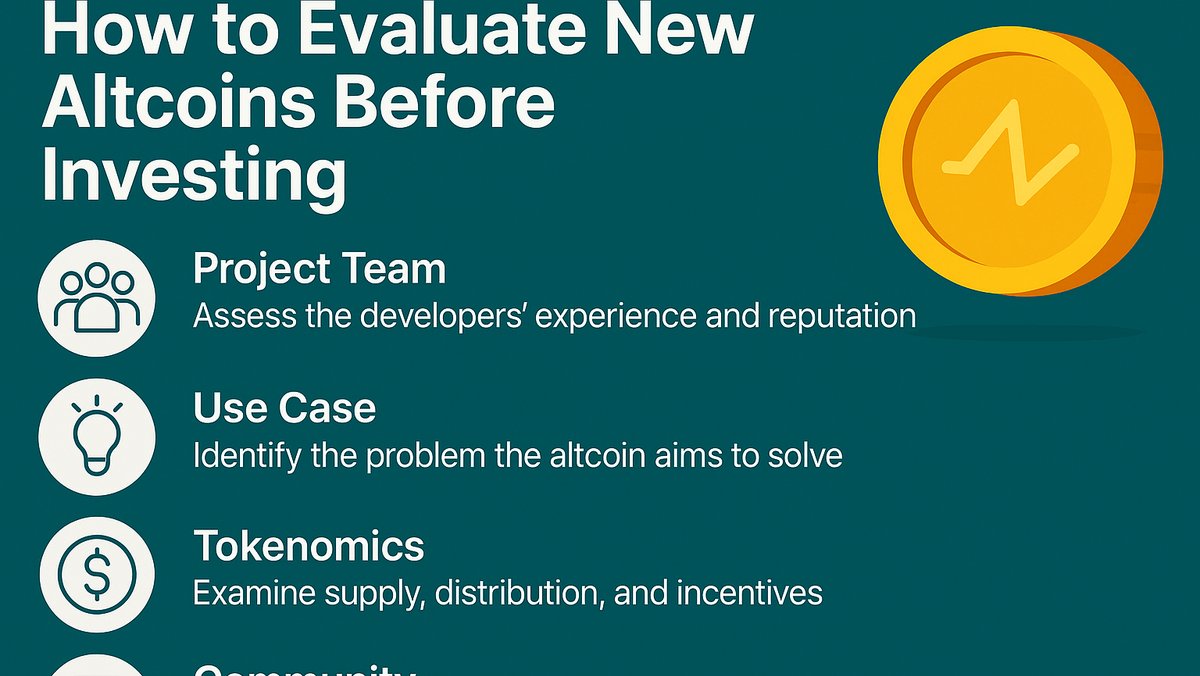APY Leaderboard (Updated Weekly)
Last updated: 2025-11-06
This page keeps a weekly snapshot of APYs across popular staking, lending, and liquidity pools. It is designed for two audiences: (1) editors and analysts who need a stable source to cite, and (2) crypto investors who want a simple, comparable view of yields with the right risk context. You can cite this page directly, copy the citation snippet below, or download the raw CSV for independent verification.
- 🔽 Download CSV (latest)
- 🧪 Methodology (short): APYs are pulled from official dashboards or product pages, verified manually, and annotated with risk notes. Because APYs change frequently, always consult the Source URL before making decisions.
1) What this page is—and how to use it
The APY leaderboard is a living reference. It is not a trading signal and not a recommendation. Our goal is to help you compare apples to apples by normalizing a small set of essential fields: platform/pool name, chain, asset, APY (percent), compounding behavior, lockup (days), total value locked (TVL), risk notes, source URL, and the date we last checked the number. When you are writing or researching, you can link to this page as a canonical pointer to a current snapshot. When you are investing, you can triage opportunities quickly and then click through to the official source for final confirmation.
Most crypto yield opportunities fall into one of three buckets: staking (single-asset, protocol-driven rewards), lending (depositing to a lending market that pays interest from borrowers), and LP fees/liquidity mining (providing pairs to AMMs and earning fees or incentives). The APY field alone does not tell the whole story; lockups, liquidity, volatility, fee drag, and protocol risk often dominate the outcome. The sections below explain how to read the table properly, interpret compounding claims, weigh lockups against convenience, and prioritize safety without losing sight of returns.
2) APY vs APR—what’s the practical difference?
APR (Annual Percentage Rate) is the stated nominal rate. It does not include compounding. APY (Annual Percentage Yield) reflects the effective rate after compounding, so it is usually higher than APR for the same underlying stream of interest or rewards. Some protocols only publish APR while users reinvest rewards (manually or via auto-compounders), so the effective result feels like APY. Whenever a platform lists APR, you can estimate the equivalent APY as:
APY ≈ (1 + APR / n)^n - 1Here, n is the compounding frequency per year (12 for monthly, ~365 for daily). The difference looks small, but across a full year and larger principal it becomes meaningful, especially if you also pay fees or experience slippage during rebalancing.
3) Compounding, fees, and the real yield you keep
Real-world returns are therefore a mix of: (a) the posted rate (APR or APY), (b) the compounding behavior (auto vs manual), and (c) frictions (gas, trading spreads, staking/unstaking fees). Suppose a lending market shows 12% APR. If you compound monthly, the effective APY is roughly:
(1 + 0.12/12)^12 - 1 ≈ 12.68%If you compound daily, the APY moves to:
(1 + 0.12/365)^365 - 1 ≈ 12.75%Now add frictions: if each compound costs you 0.1% of the position (from fees or slippage), monthly compounding might beat daily because the extra frequency no longer pays for itself. Conversely, if a protocol auto-compounds for you at negligible cost, the effective yield can approximate the theoretical APY. You will see a simple “Compounding? (Y/N)” flag in the table as a starting point. A “Y” means the strategy or wrapper auto-reinvests; an “N” means you would need to do it manually to mirror the stated APY.
4) Lockups, exit risk, and why flexibility matters
Lockup (days) indicates how long your funds are bound before you can redeem them. A lockup of zero is flexible (you can exit anytime), while a multi-week or multi-month lock might offer higher posted APY in exchange for the opportunity cost of immobility. A flexible 4% APY could be preferable to a locked 5% APY if you expect market volatility or need the optionality to rotate. Lockups also interact with liquidity: if a pool is large and liquid, you are more likely to exit gracefully even at stress; if it is small, a wave of withdrawals can distort pricing, increase slippage, or extend exit queues. In the table, Lockup (days) and TVL (USD) jointly describe this trade-off. Higher TVL is not a guarantee of safety, but it often correlates with deeper liquidity and more predictable operations.
5) A simple risk framework for comparing pools
Every yield is attached to a risk. Resist the urge to rank solely by APY; use a balanced checklist instead:
- Smart-contract risk: Could a bug, upgrade, or integration (oracle/bridge) break invariants? Is there an audit or formal verification? What is the upgrade authority?
- Custody/exchange risk: For centralized earn products, what happens under stress? Are terms clear about withdrawals, maintenance windows, or freezes?
- Market risk: For LP tokens, impermanent loss (IL) dominates outcomes when pair prices diverge. For staked assets, depeg risk lurks when derivatives trade at a discount.
- Liquidity risk: Is there sufficient depth to enter/exit without large slippage? TVL and 24h volume are helpful context.
- Regulatory/tax risk: Policies can change, affecting accessibility and reporting obligations.
In the CSV, you will see a compact Risk Notes field that names the primary hazards so you can triage quickly. Treat it as a pointer, not a full audit: click through the source URL and perform your own checks.
6) How the leaderboard is curated
We follow a light but consistent editorial standard so that the CSV stays machine-readable and trustworthy:
- Primary sources first: We read APYs from official dashboards, product pages, or docs. When third-party aggregators are used, we corroborate with the platform if possible.
- Explicit timestamps: Each row includes Last Checked (YYYY-MM-DD). Numbers may drift after publication; when in doubt, re-check the source URL.
- Minimal normalization: We avoid exotic derived metrics. The columns are designed to be easy to parse and join—so that editors can reuse the CSV in their own charts.
Data dictionary (CSV columns)
Platform/Pool— The protocol, exchange, or pool name.Chain— The network where the pool lives (or CEX for centralized products).Asset— The asset or pair you deposit (e.g., ETH, USDC, stETH-ETH LP).APY (%)— The current effective annual percentage yield, if available.Compounding? (Y/N)— Whether rewards auto-compound by default.Lockup (days)— 0 for flexible; otherwise, the typical binding period.TVL (USD)— A rough measure of size/liquidity; large TVL can be a positive signal but is not a guarantee.Risk Notes— One-line reminders of the dominant risks (IL, depeg, custody, etc.).Source URL— Where the number came from (click to verify).Last Checked (YYYY-MM-DD)— Our most recent validation date for that row.
7) Worked examples—three common scenarios
Scenario A (flexible staking): You hold ETH and consider liquid staking with a ~4% APY, compounding = Y, lockup = 0 days. For a long-run holder, optionality matters. A flexible auto-compounding yield on a blue-chip asset can be superior to a higher posted rate with a rigid lockup, especially in volatile markets.
Scenario B (lending USDC): A lending market shows 3.2% APY with high TVL and daily compounding. Fees are minimal. If you need dry powder for trading, flexible lending can beat a 4% locked product simply because you can reallocate instantly when a better setup appears.
Scenario C (LP with incentives): An LP pool posts 14% APY through trading fees plus token incentives. The headline looks great, but your true outcome depends on price divergence. If the pair diverges materially, impermanent loss can offset the fees. Use LPs when you are comfortable holding both sides or when you expect mean reversion.
8) Practical workflows
For editors and analysts
- Identify the section of your article where readers expect updated yield data (e.g., a table comparing staking options).
- Drop a short citation pointing to this page and, if you want, embed the live table using the snippet below.
- For a deeper dive, download the CSV and build your own chart, but keep the citation to guide readers toward the latest snapshot.
For investors
- Filter by Asset and Lockup to match your constraints.
- Click the Source URL to confirm today’s number and any hidden fees.
- Start small; track realized yield net of fees for a few weeks before scaling.
9) How to cite or embed
If you are an editor, you can cite this page in one line:
<a href="https://finnews247.com/guides/apy-leaderboard">APY leaderboard (updated weekly)</a>If you prefer to embed a compact live view (we recommend also adding a text link for accessibility and SEO clarity):
<iframe src="https://finnews247.com/embed/apy-leaderboard/" width="100%" height="600" loading="lazy"></iframe>For journalists who need the exact numbers used at the time of writing, please include a reference to the CSV and the Last updated date printed at the top of this page. That way readers understand the context if yields move later.
10) Red flags to watch for
- Unclear source of yield: If the explanation reduces to “number go up,” skip it. Legitimate yields explain where rewards come from (fees, borrower interest, protocol emissions) and on what schedule.
- Excessively high APYs without depth: A tiny pool posting triple-digit APY can crumble under modest flow. Liquidity and governance transparency matter more than a headline.
- Opaque lockup terms: If the team can extend or freeze withdrawals at will, the optionality you think you own may vanish under stress.
- One-click auto-compounders that hide costs: If compounding is “free” but the wrapper takes a cut you cannot quantify, your realized yield could be meaningfully lower than advertised.
11) FAQ
Q: Why is your APY different from what I see today?
APYs are dynamic. We capture a weekly snapshot and label it with Last checked. Always confirm the latest figure at the source before acting.
Q: Does higher TVL always mean safer?
No. TVL is a useful signal for adoption and depth, but it does not eliminate smart-contract risk, governance risk, or liquidity fragmentation across wrappers.
Q: Can I rely on auto-compounding to hit the posted APY?
If the protocol truly auto-compounds at negligible cost, the gap is small. But if compounding requires swaps or claims with fees and slippage, your realized APY will be lower. Track it empirically with a small pilot.
Q: Are centralized earn products comparable to on-chain staking?
They can be, but the risk stack is different. Custody and policy decisions can override your exit plans. Read terms and monitor status pages.
12) Methodology (full detail)
- Curation scope: The leaderboard focuses on recognizable, actively used protocols and products. Niche experimental pools can appear if there is sufficient interest, but we label risk candidly.
- Collection flow: For each pool we record platform name, chain, asset, APY/APR, compounding flag, lockup, TVL (if available), a one-line risk note, and the official source URL.
- Verification: We manually open each source page and compare with any mirrored figures on aggregators. If numbers change significantly, we defer to the official page.
- Publication: We update the CSV and refresh this page weekly. During fast market regimes we may push interim updates.
- Transparency: If a project contacts us to request a correction, we check logs, annotate the row, and update the Changelog below.
13) Request an update or add a pool
Email: [email protected]. Please include the official link, a brief rationale for inclusion, and (if possible) a screenshot of the yield page. We aim to handle weekly maintenance and will consider urgent corrections sooner.
14) Changelog
- 2025-11-06: Initial publication of the refreshed APY Leaderboard with CSV download and embed snippet. Introduced data dictionary and expanded FAQs. Added explicit “Compounding?” flag, lockup convention, and risk notes in each row.
15) Disclaimer
Information here is for educational purposes only and not investment advice. Yields can change without notice; past returns do not guarantee future outcomes. Crypto assets and protocols carry risk, including total loss. Always do your own research and consider your regulatory and tax obligations.
Implementation note: If you want to display the table inline on this page, fetch /data/apy-leaderboard.csv, parse into a table, and include filters for Asset, Chain, and Lockup. Keep the Last updated timestamp visible at the top for clarity.







